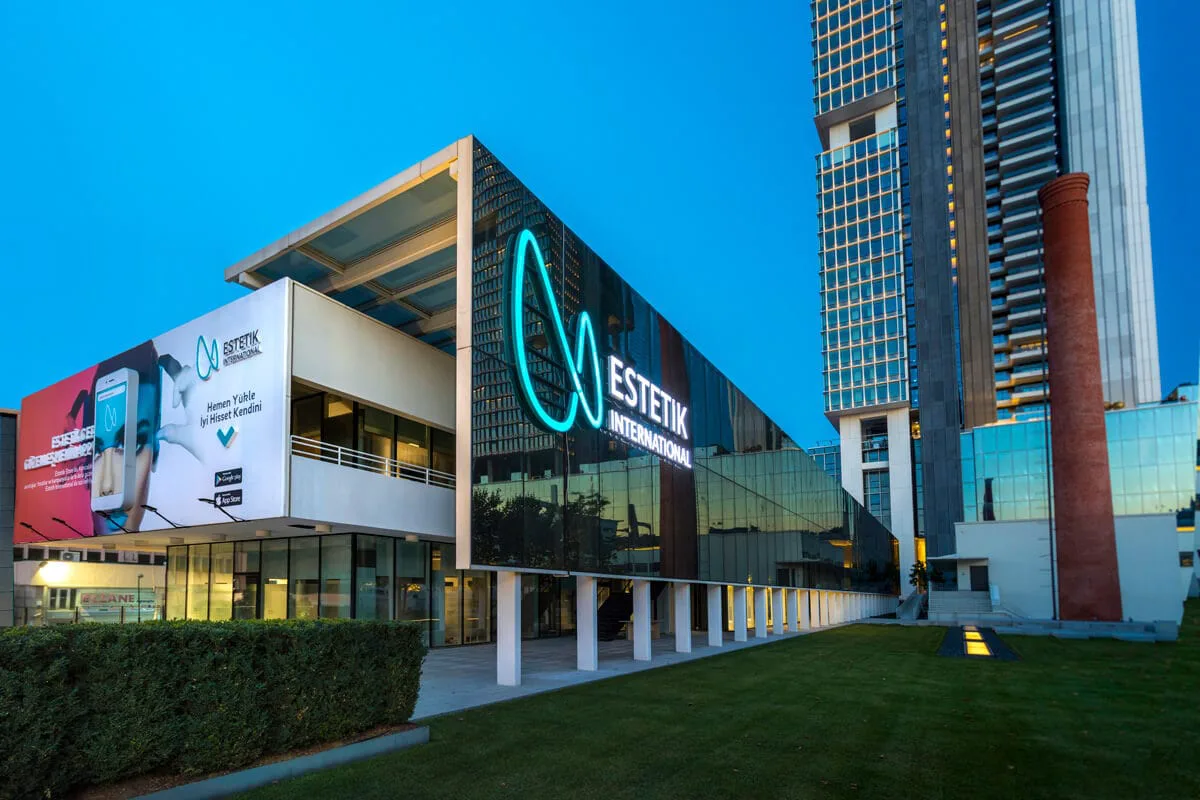For decades, cancer therapy has looked much the same – harsh treatments like chemotherapy, radiation, and major surgeries. They work, but they often hit everything in their path, damaging healthy tissue and causing painful side effects. That’s where a new cancer treatment steps in, changing the way medicine fights back against cancer.
This is the era of nanomedicine – a breakthrough approach using extremely small, engineered particles to treat cancer in ways that older treatments simply can’t. These nano-sized tools don’t just target tumors. They do it with extreme accuracy, aiming to spare the rest of the body.
Instead of flooding the entire system with medicine, nanotechnology in cancer treatment works like a well-aimed arrow – going straight to the tumor. Less damage, more power and better results.
What Makes Nanomedicine So Different?
Traditional therapies affect both the bad and the good. Radiation may destroy a tumor, but it also harms healthy tissue nearby. Chemo drugs can kill fast-growing cancer cells, but they also wipe out hair follicles and healthy gut cells. That’s why many patients feel weak, nauseous, or in pain during treatment. Nanomedicine turns this approach on its head.
By using precise drug delivery, doctors can attach cancer-fighting medication to particles so small they pass through the bloodstream and lock directly onto tumors. These particles are designed to skip over healthy areas and zero in on cancer cells. But they don’t just carry medicine. They also do the following.
- A promising approach under investigation involves heating tumors from within using multifunctional magnetic nanoparticles – a technique known as magnetic hyperthermia, which is currently being explored in experimental settings.
- Improve scans by helping tumors appear more clearly on imaging devices.
- Track growth by collecting data as they move through the body.
All this, inside a single microscopic particle.
Shenzhen Genoimmune Medical Institute (GIMI)
The Shenzhen Geno-Immune Medical Institute (GIMI) stands at the forefront of gene and immune cell therapy, pioneering innovative solutions beyond FDA-approved CAR-T treatments. Led by renowned expert Prof. Lung-Ji Chang, inventor of the widely-adopted lentiviral vector system, GIMI has delivered effective treatments for over 1,000 cancer cases with cutting-edge 4th generation CAR-T technologies.
Breakthroughs in Action
Here are a few exciting tools being used right now in cancer clinics and research labs.
- Precise drug delivery. Drugs are attached to custom-made nanoparticles. These move through the bloodstream and release their load only when they reach the cancer. This means stronger impact with smaller doses.
- Antitumor nanocomplexes. These are built to recognize cancer cells by their surface markers. Once they find the target, they release the treatment – nowhere else. This keeps surrounding healthy tissues safe.
- Molecular diagnostics. Certain nanosensors can detect tiny changes in cell behavior – long before a scan would find anything. That means early detection, and earlier means better chances of success.
- Real-time tracking. Some nanosystems monitor how the tumor responds to treatment. This helps doctors adjust medication on the go – no need to wait for bloodwork or scans.
It should be also mentioned that multifunctional magnetic nanoparticles are being studied as a potential tool in future cancer care. These tiny structures may one day help heat tumor cells from within, release medication on command, or assist in imaging procedures like MRI. Though not yet used in clinical practice, they represent a promising direction in oncological research.
How Nanomedicine Helps in Real Life
This isn’t just lab talk. It’s already being used in patients with lung, breast, ovarian, pancreatic, and prostate cancer – especially when older treatments haven’t worked. For example, consider listed below.
- Someone with cancer deep in the liver may not be a good candidate for surgery. But nanocarriers can go deeper than a scalpel.
- A patient with widespread cancer may need a way to treat multiple tumors at once – that’s where antitumor nanocomplexes shine.
What Patients Notice Most
The science is impressive, but for real people, the benefits look like this.
- Fewer side effects. Less hair loss, nausea, or exhaustion. Nanoparticles avoid most healthy cells, so you feel stronger during treatment.
- Better response in hard-to-treat tumors. Especially those that didn’t respond to chemo or are located in tricky areas.
- Lower doses, better results. Because of targeted delivery, you don’t need as much medication – and that means fewer drug-related complications.
- More comfort, more confidence. Many patients say they feel like the treatment is working “with” their body instead of against it.
What’s Next for Nanotech in Oncology?
Researchers are developing nanorobots, smart nanocapsules, and even tools that can respond to body temperature or pH levels. These could someday release medicine only when needed – or retreat if the tumor starts to shrink. The future of nanomedicine is about making cancer treatment not just more effective, but also kinder.Feel free to send us your request through the website – we’ll match you with a trusted specialist tailored to your case. Our global network includes leading oncology centers, so you get access to world-class care no matter where you are.
What are the benefits of using nanotechnology in the treatment?
It allows for precise drug delivery, fewer side effects, and better outcomes – especially in patients who didn’t respond to traditional treatments. Some nanoparticles even help doctors track tumor behavior during therapy.
What are the disadvantages of nanotechnology in cancer treatment?
Access can be limited, especially in smaller hospitals. Costs may be higher, and some effects are still being studied. Not all cancer types respond equally to nanotech, so it’s not a replacement for all other therapies.
What are the types of nanomedicines for cancer?
The most used forms include next-described.
- Antitumor nanocomplexes that release medicine inside tumors.
- Liposomes and nanocarriers for slow drug release.
- Nanobiosensors for early detection and treatment guidance.
We can also mention multifunctional magnetic nanoparticles (heat-based treatment and imaging) as a method being thoroughly investigating now.












